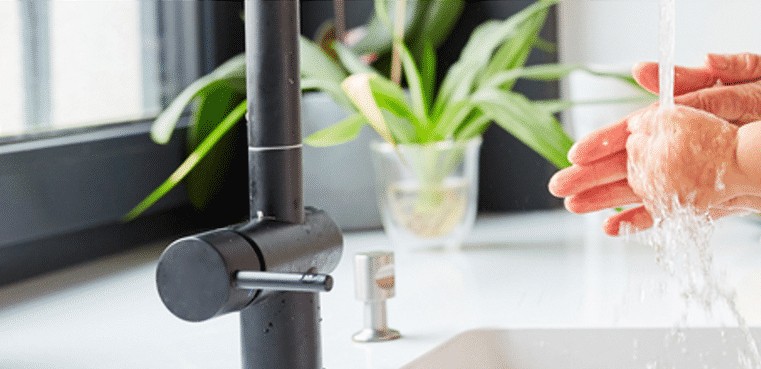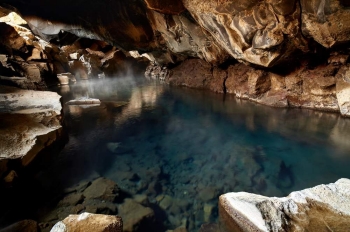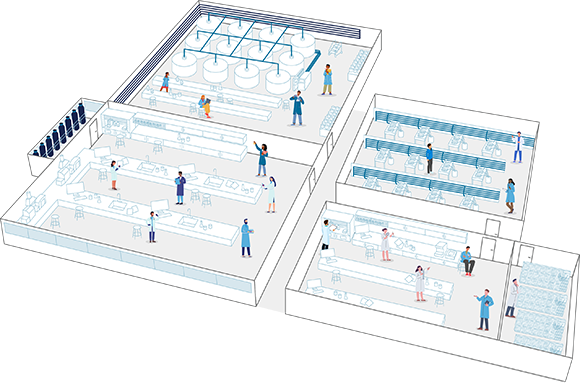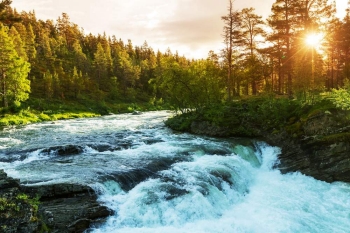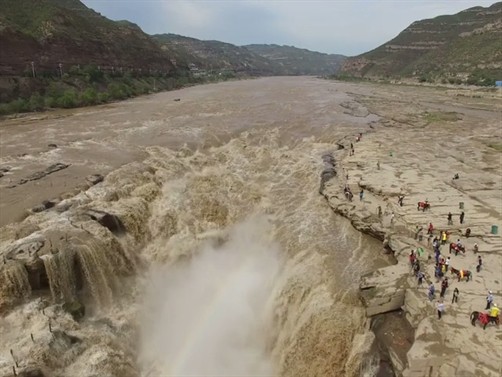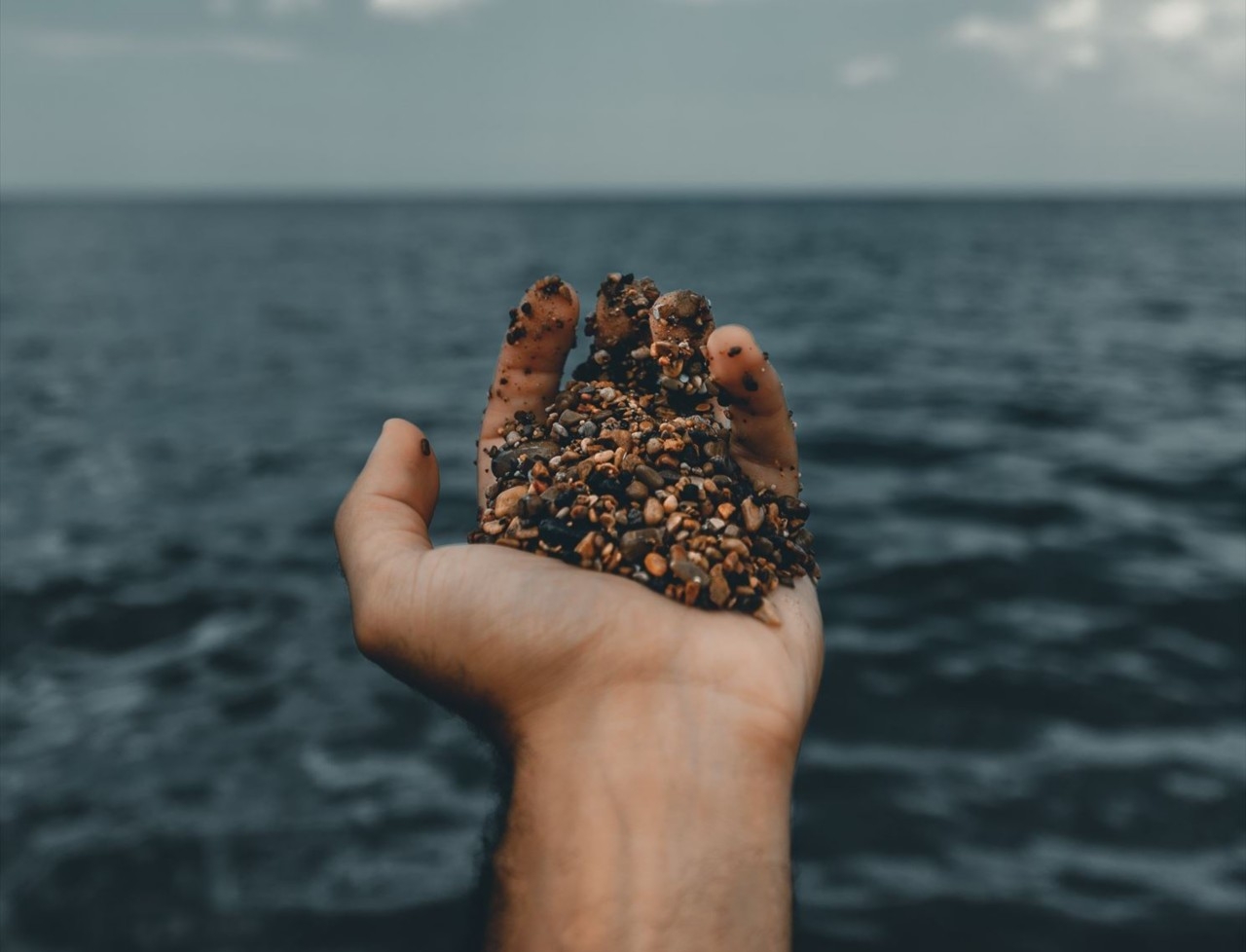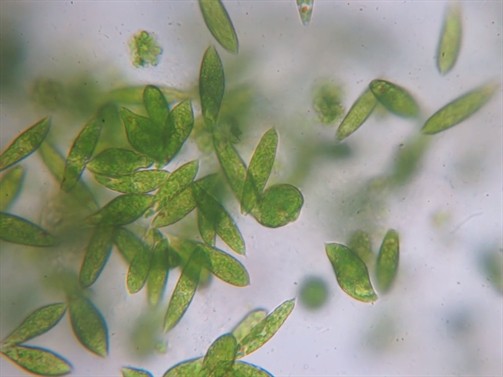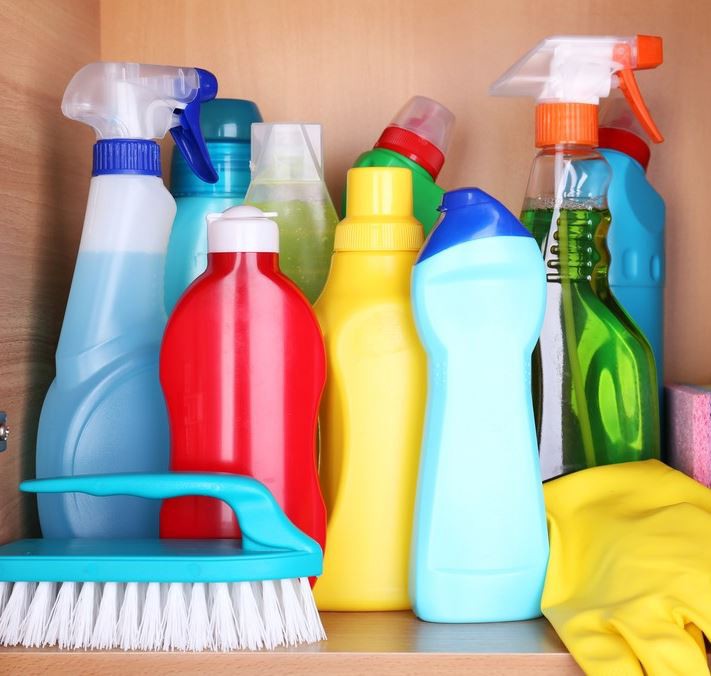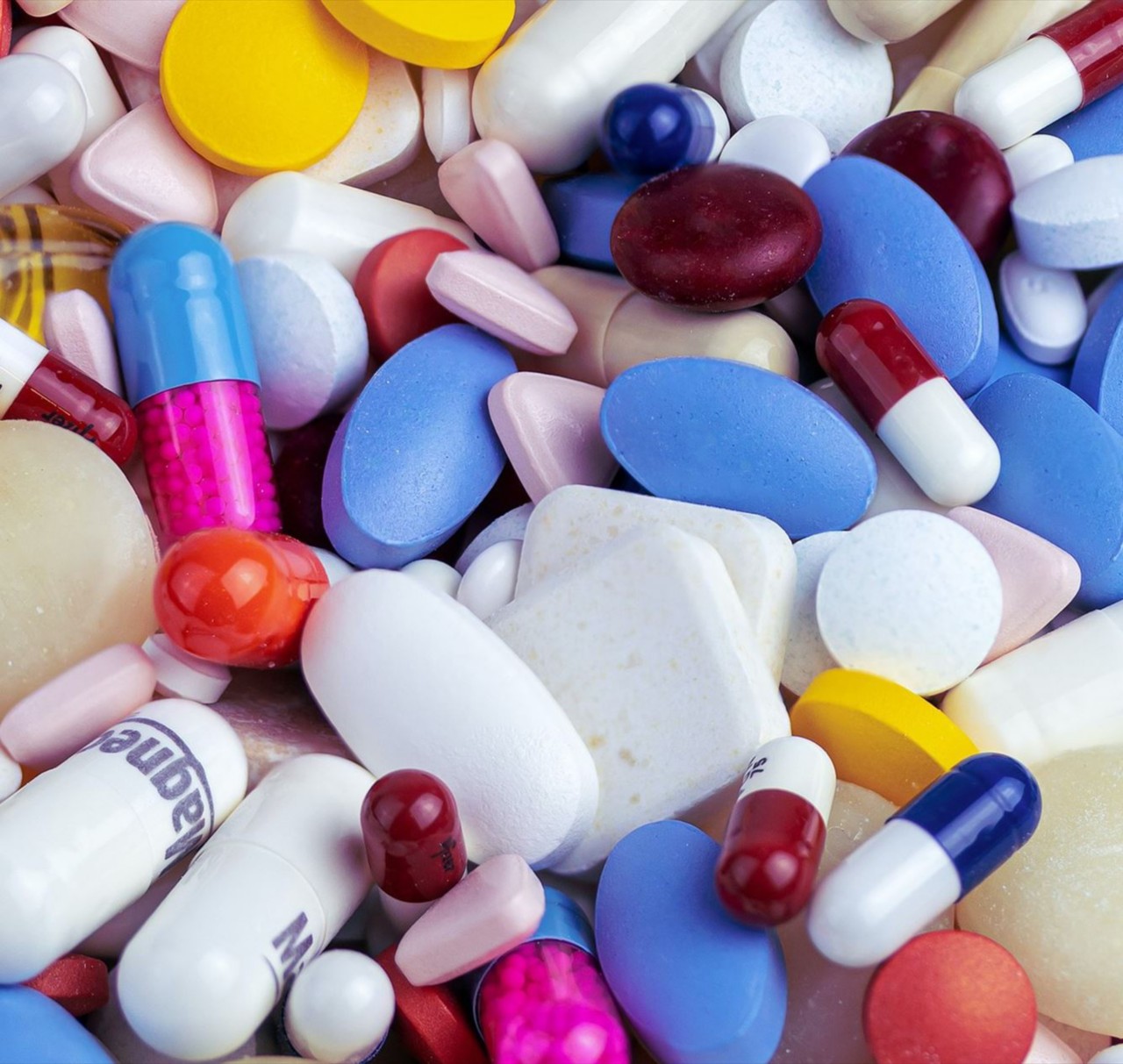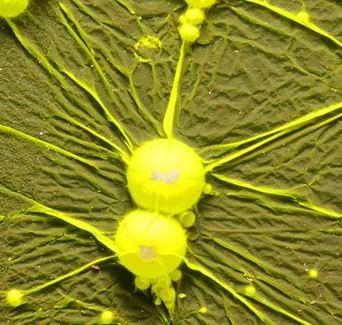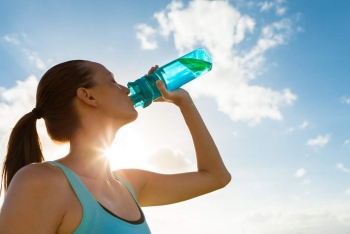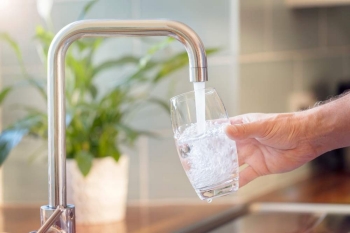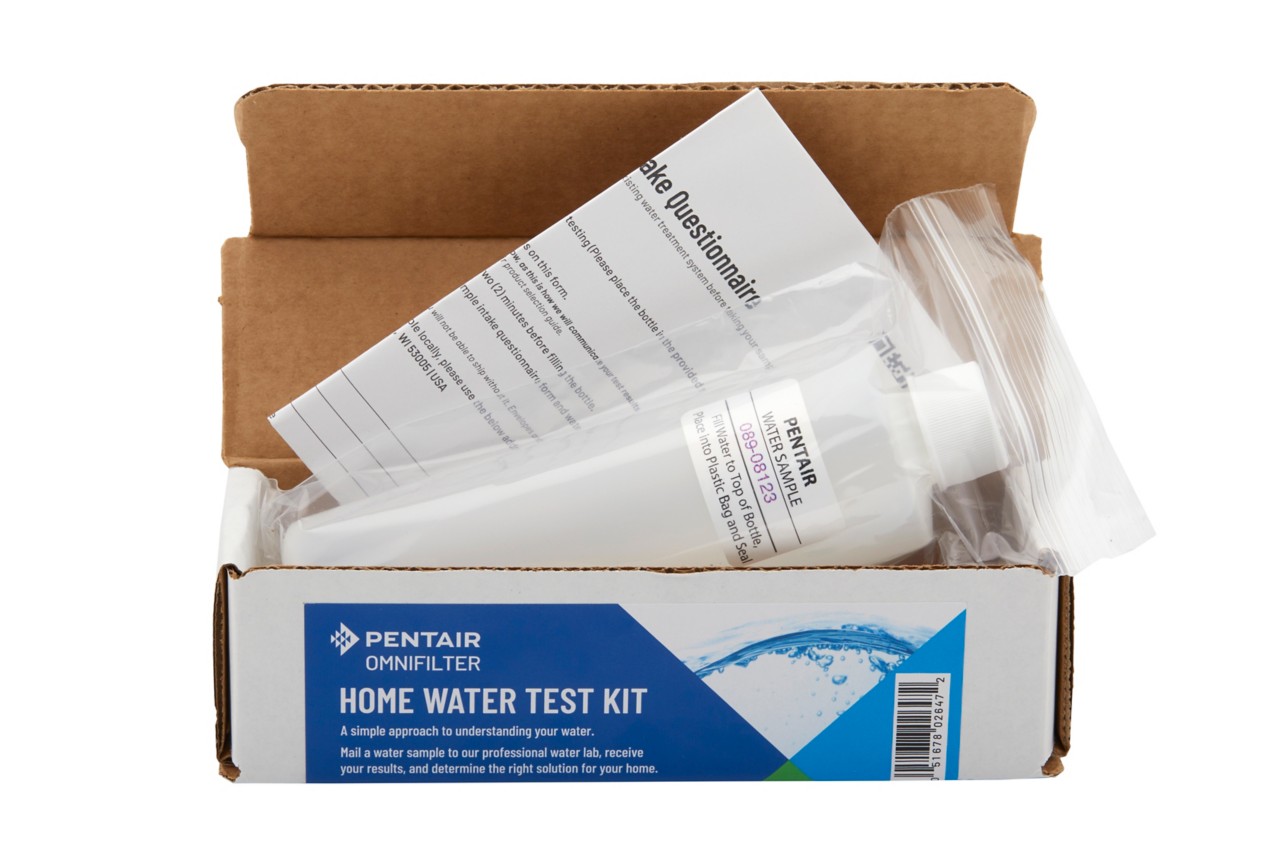- Water Filtration Systems
- Water 101
- Water is Not Just H2O
Underground Aquifers
Municipalities draw water from:
- Underground aquifers
- Lakes or rivers
- Both
Rainwater picks up acidity from carbon dioxide in the atmosphere. As it percolates through soil and rock, it dissolves minerals along the way, such as limestone.
Aquifers can sometimes contain bacteria that feed on dissolved metals such as iron. Hydrogen sulfide gas (which can be detected by the “rotten egg” smell) can also be present.
Water from these aquifers tends to be high in Total Dissolved Solids (TDS), especially “hard” minerals such as calcium and magnesium that cause limescale.


